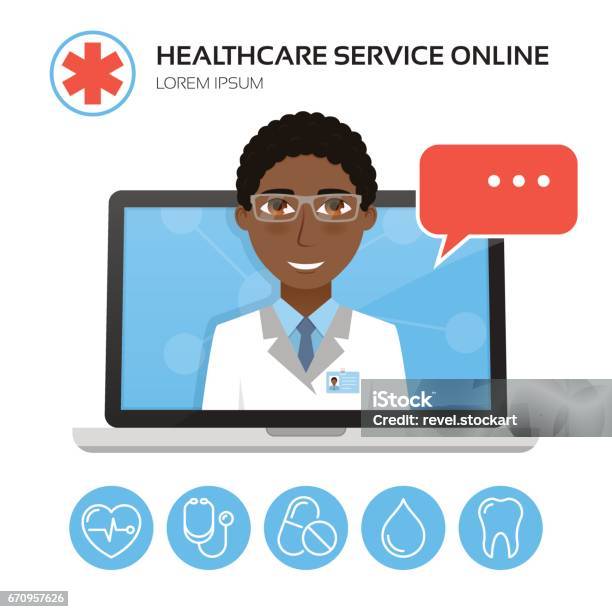Understanding the Cost-Effectiveness of Subscription-Based Health Care Versions
As the healthcare landscape develops, subscription-based versions emerge as a compelling option, assuring to redefine how individuals handle clinical expenses. Assessing these designs' cost-effectiveness demands a nuanced comparison with conventional insurance policy, considering both financial ramifications and individual satisfaction. While they provide transparency and predictability in expenses, inquiries continue to be about their ability to satisfy diverse health care requirements, specifically for specialized therapies. The viewpoints of healthcare companies additionally complicate this formula, offering a complex obstacle. What does the future hold for these versions, and can they absolutely supply on their promise of available, affordable care?
Overview of Subscription-Based Designs
Subscription-based medical care models, often described as direct medical care or attendant medicine, are significantly obtaining interest as a potential remedy to inadequacies within standard healthcare systems. These versions operate the principle of offering people direct access to doctor through a month-to-month or yearly fee, bypassing the demand for conventional insurance systems. This arrangement intends to improve patient-provider communications by decreasing management concerns, which often impede timely and individualized care.
At the core of subscription-based designs is the focus on a much more personalized individual experience. Patients take advantage of boosted access to their medical professionals, frequently consisting of same-day or next-day visits, expanded assessment times, and straight interaction channels such as phone or video calls. This version fosters a positive technique to healthcare, where clients and carriers can collaboratively concentrate on preventative care and chronic disease monitoring.

Expense Contrast With Standard Insurance Policy

One of the primary economic benefits of membership models is openness in expenses. Conversely, typical insurance coverage may be more helpful for individuals calling for specialized treatment or expensive therapies not covered under a membership model, as they profit from the wider coverage network and cost-sharing devices.
Nevertheless, cost-effectiveness is context-dependent. While registration models could provide financial savings for those mainly requiring primary treatment, people with chronic problems or specialized healthcare requirements could find standard insurance a lot more thorough. For that reason, reviewing specific medical care needs and prospective usage is essential in establishing the most affordable alternative for people.
Influence On Person Satisfaction
Client complete satisfaction within subscription-based healthcare designs usually mirrors a substantial enhancement over traditional insurance systems. Unlike standard systems, where individuals may experience hold-ups in obtaining treatment, subscription-based models make certain even more prompt and straight interactions with medical care carriers.
Additionally, the transparency in prices connected with subscription-based healthcare relieves the typical disappointments associated with unanticipated next charges and intricate invoicing procedures seen in standard insurance (subscription based healthcare). Individuals appreciate understanding the exact monetary commitment upfront, causing increased depend on and go to my blog self-confidence in their health care monitoring
Additionally, the focus on precautionary treatment and health in registration versions contributes to enhanced health outcomes, additionally boosting client complete satisfaction. By concentrating on ongoing health care instead than episodic care, individuals experience an even more continual and holistic healthcare journey.
In addition, the enhanced provider-patient connection promoted in these versions, identified by more time invested per person and personalized attention, plays a vital duty in elevating patient fulfillment degrees, as individuals really feel truly looked after and understood.
Service Provider Point Of Views and Experiences
From the carrier's point of view, subscription-based medical care models offer a transformative approach to delivering medical services. These versions stress a preventative and positive healthcare technique, permitting carriers to concentrate on comprehensive person treatment without the restrictions of standard fee-for-service plans (subscription based healthcare). This change in emphasis typically leads to improved client outcomes and enhanced provider satisfaction, as healthcare experts can allot more time and sources to individual interaction and personalized care strategies
Additionally, subscription models promote predictable revenue streams, which enhance financial stability for medical care service providers. This predictability permits improved resource planning and allocation, adding to a much more reliable medical care distribution system. Suppliers can invest in personnel technology, facilities, and training improvements, thereby enhancing the high quality of care used.
However, the shift to subscription-based versions is not without challenges. Companies must adapt to new functional frameworks, which can involve considerable modifications in billing methods and person monitoring systems. Additionally, there is an intrinsic demand for robust data administration to track person results and ensure high quality treatment. Regardless of these difficulties, lots of companies find that the advantages of enhanced patient interaction and streamlined procedures exceed the preliminary difficulties, making subscription-based models an appealing choice.
Future Prospects and Challenges

A main challenge is governing conformity, as subscription versions need to adhere to advancing health care policies and insurance policy demands. This necessitates continual adaptation and technology to make sure alignment with lawful standards. In addition, integrating these versions into existing medical care infrastructures can be intricate, requiring substantial financial investments in technology and training.
There is likewise the potential danger of developing inequities in medical care access, as membership models may prefer those who can afford them, leaving at risk populations underserved. Resolving this calls for thoughtful consideration of prices strategies and subsidy devices to ensure inclusivity.
Final Thought
Subscription-based healthcare models present a viable alternative to conventional insurance by providing financial predictability and transparency, particularly profiting people with persistent problems or regular health care requirements. The cost-effectiveness of these models is contingent upon individual healthcare use patterns and conditions.
Subscription-based medical care designs, in some cases referred to as direct primary treatment or attendant medication, are progressively gaining attention as a possible remedy to inadequacies within standard health care systems. Unlike standard systems, where clients might experience hold-ups in getting care, subscription-based models ensure even more timely and straight communications with health care companies.
These designs emphasize a preventative and proactive medical care method, allowing service providers to focus on thorough individual care without the restraints of standard fee-for-service plans. As these models proceed to get traction, they offer the possible to transform client access to care, streamline service distribution, and maximize medical care costs.Subscription-based healthcare designs provide a practical choice to conventional insurance policy by providing economic predictability and transparency, specifically benefiting individuals with persistent conditions or regular medical care requirements.
Comments on “Why Subscription Based Healthcare is Acquiring Appeal Among Patients Today”